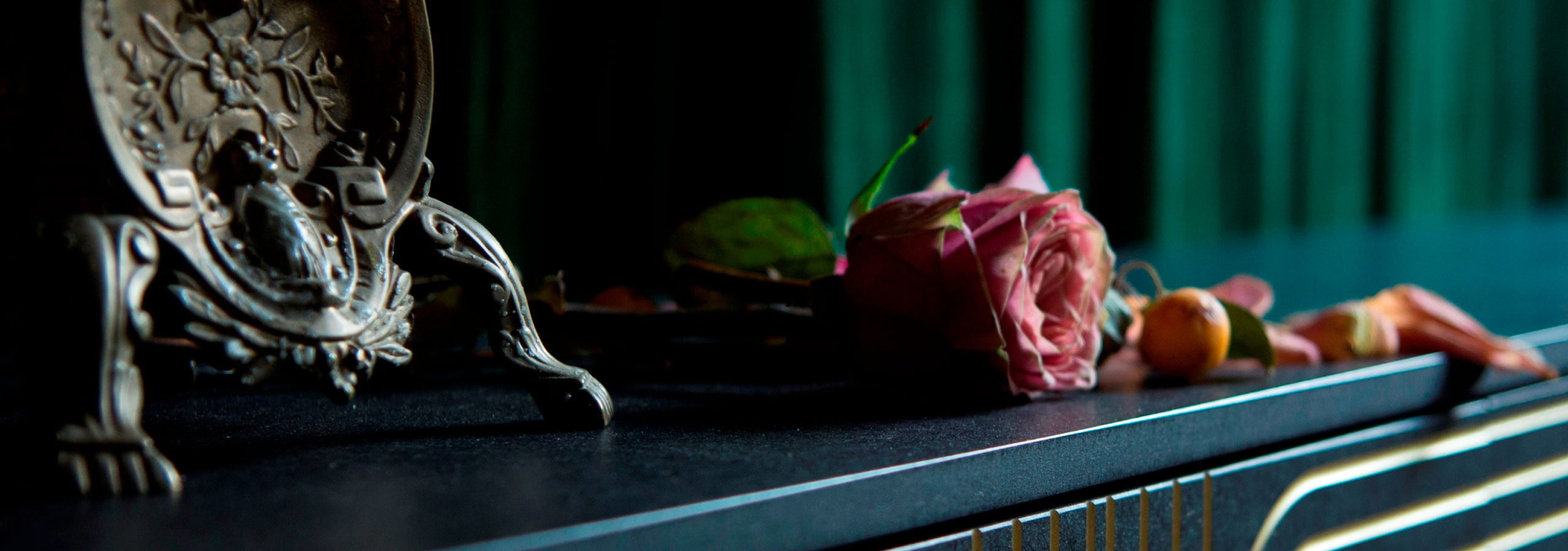Sustainability, ethical practices and the circular economy are increasingly important issues in 2021 as we look to the future. In this interview we asked ceramicist Linda Bloomfield some questions about this area of her practice.
Design-Nation asked: Please tell us about your practice and how your business began?
Linda Bloomfield answered: I make porcelain tableware and started my business in 2004. [Linda also makes larger art pieces and will be showing new works at Collect 2021 with Design-Nation]
D-N: What inspires you?
L.B: Nature, 1950s ceramics and textiles.
D-N: How do you address issues of sustainability and ethical practice in your practice at the moment? What have you done, and what impact has this had on your work?
L.B: I use green energy for firing in my electric kiln and recycle all waste clay. I have recently changed from plastic to paper bubble wrap and often use recycled boxes and packing materials.
I recently wrote an article for the Crafts Council, How to make your pottery practice greener. It explores eight easy ways for ceramicists to reduce their ecological impact.
D-N: What are your concerns around making your practice more sustainable and/or ethical?
L.B: It’s mainly about the materials I use. Some colouring oxides such as cobalt are unethically sourced. I want to find out where my suppliers are sourcing them. Cobalt and tin are often not mined ethically so you have to find a supplier who knows the supply chain. Cobalt is mined in the Congo by local farmers and child labour. Tin oxide is sold to fund conflict in Myanmar. There are also problems with nickel oxide and copper oxide due to pollution and soil contamination. Potclays is the only website that states their supply of some of these oxides is not associated with these unethical practices.
D-N: The cycle of making is a creative act but also produces waste. Have you thought about ways to reduce waste?
L.B: I recycle as much as possible, both ceramic materials such as raw clay, and my packing materials. I save cracked and broken pieces that have been fired to send to mosaic makers.
D-N: Do you know the background of the materials you use?
L.B: My clay is mixed in Stoke-on-Trent using china clay from Cornwall and feldspar from Europe. My glaze materials come from the UK and Europe, and some colourants come from other parts of the world. As far as possible, I try to use ethically sourced materials such as cobalt oxide and tin oxide.
D-N: How easy (or difficult) was it to find out this information? What were the challenges?
L.B: The retail suppliers don’t always know where the materials come from and when I ask their wholesale suppliers they think I’m trying to steal their sources and don’t want to tell me.
D-N: What would make it easier for you to change your practice – what kind of support would help you embrace sustainability and ethical making practices? And what topics interest you for future research and development?
L.B: I would like ceramic materials suppliers to be more transparent about where the materials come from. Some pottery suppliers are already doing this, but not all of them.
Interview by Laura Jacometti and Liz Cooper








